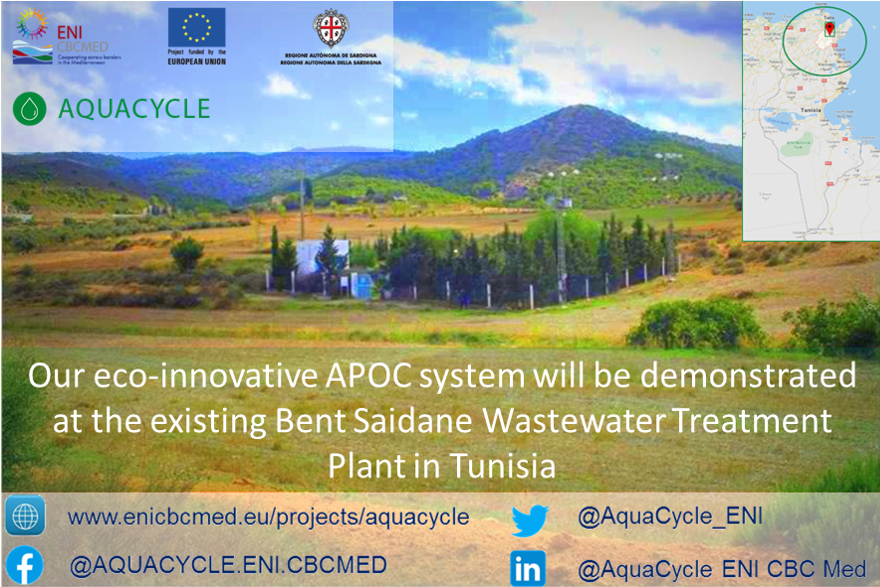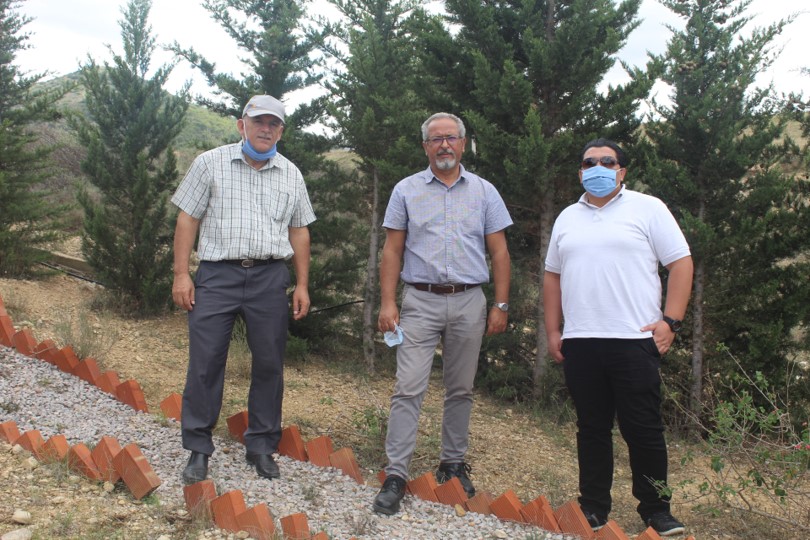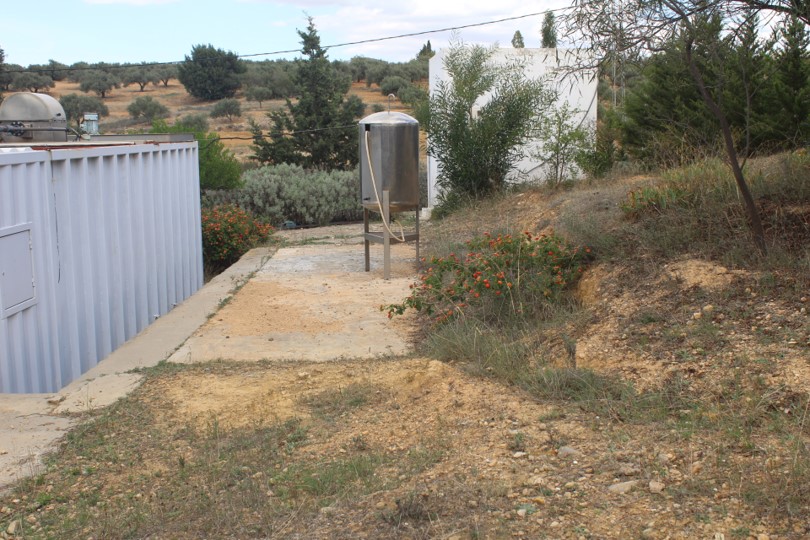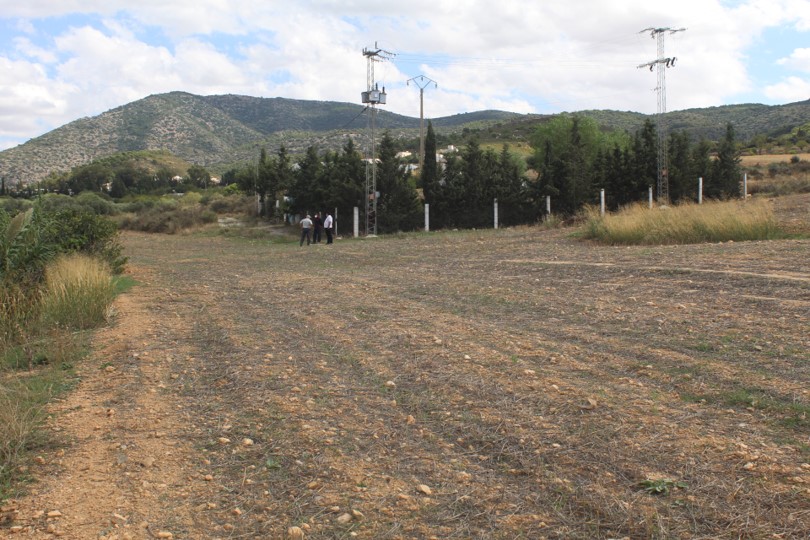AQUACYCLE visits planned wastewater treatment demonstration site in Tunisia

The Bent Saidane Wastewater Treatment Plant is located in the Zaghouan Governorate of Tunisia.
The main purpose of the visit was to examine the site of the station and its surroundings in order to study the possible arrangements for the installation of the three components of the eco-innovative APOC technology. The components consist of (1) an anaerobic digestion unit, (2) a constructed wetland and (3) a solar treatment reactor for water disinfection and the photocatalytic oxidation of persistent organic pollutants.
The visit also provided the opportunity to inspect the suitability of the surrounding area for the reuse of the treated wastewater.
Members from the AQUACYCLE Teams of Centre des Recherches et des Technologies des Eaux (CERTE) and the Centre International des Technologies de l’Environnement de Tunis (CITET) report on their joint recent visit to the wastewater treatment facility.

First, we looked at the compact treatment system (pictured on left, below) already installed at the facility. It is composed of a pre-treatment stage, which feeds submerged filters equipped with an aeration device at the bottom of the basins. At the outlet of these filters, the effluent passes through a settling tank before being rejected. Furthermore, two filters are installed for the treatment of the sludge that is generated.
The area in the immediate vicinity of the station already has a concrete foundation, where we can plan to install a UASB-type anaerobic reactor together with a settling tank and a biogas collector.

With respect to the constructed wetland, we foresee to first feed intermittently two vertical flow-type constructed wetlands in order to allow the nitrification of the ammonia. Then we foresee to have a horizontal flow-type constructed wetland just before the solar treatment reactor.
Then we foresee to install the solar treatment reactor in the part most exposed to the sun's rays and closest to the perimeter intended for irrigation next to the wastewater treatment plant.
Finally, we also visited the area where we plan to use the treated effluent for irrigation purposes so as to have a clearer idea of which irrigation system to employ. Our next step, however, will be to first carry out soil sampling to obtain the soil characteristics of the area.










